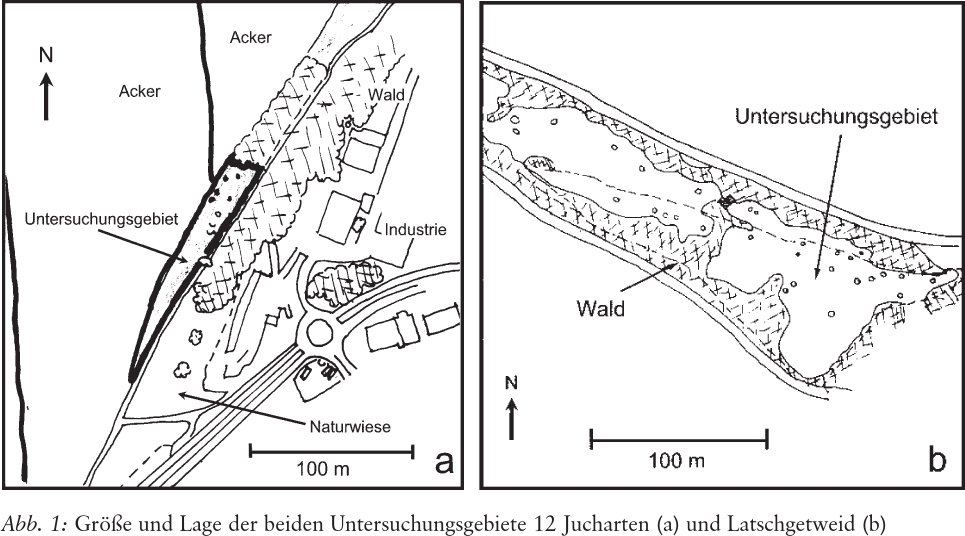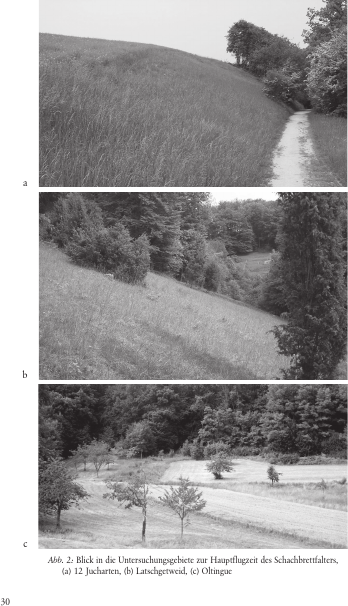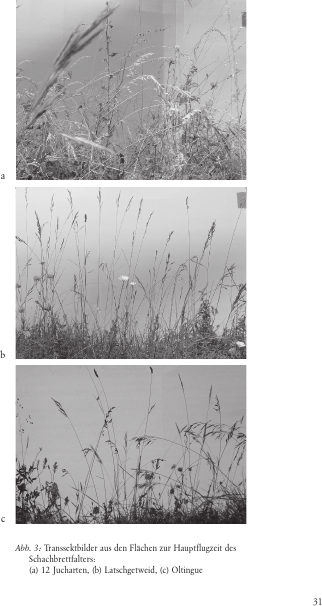Der Schachbrettfalter (M. galathea) in ökologisch unterschiedlichen Lebensräumen des Kulturlandes
Export Article Citation as
- Plain text
- BibTeX
- RIS format
- Download price : € 6.00
Abstract:
The behaviour of the marbled white butterfly (Melanagria galathea) in habitats with distinct ecological qualities and different surroundings is investigated. Observations on individual butterflies are used as a tool to develop a differentiated view of duration and frequencies of typical activities. Species and sex-specific behaviours can be identified, but in only a few cases prove to be independent of habitat-specific qualities. In comparison with the benefits and limitations of qualitative approaches, a detailed quantification is justified and reveals unexpected results with respect to preference for nectar-plants, to differences and dynamics of interactions with other insects, and to the significance of size and geometry of habitats. Some criteria to facilitate the protection and development of populations of the marbled white are presented.




